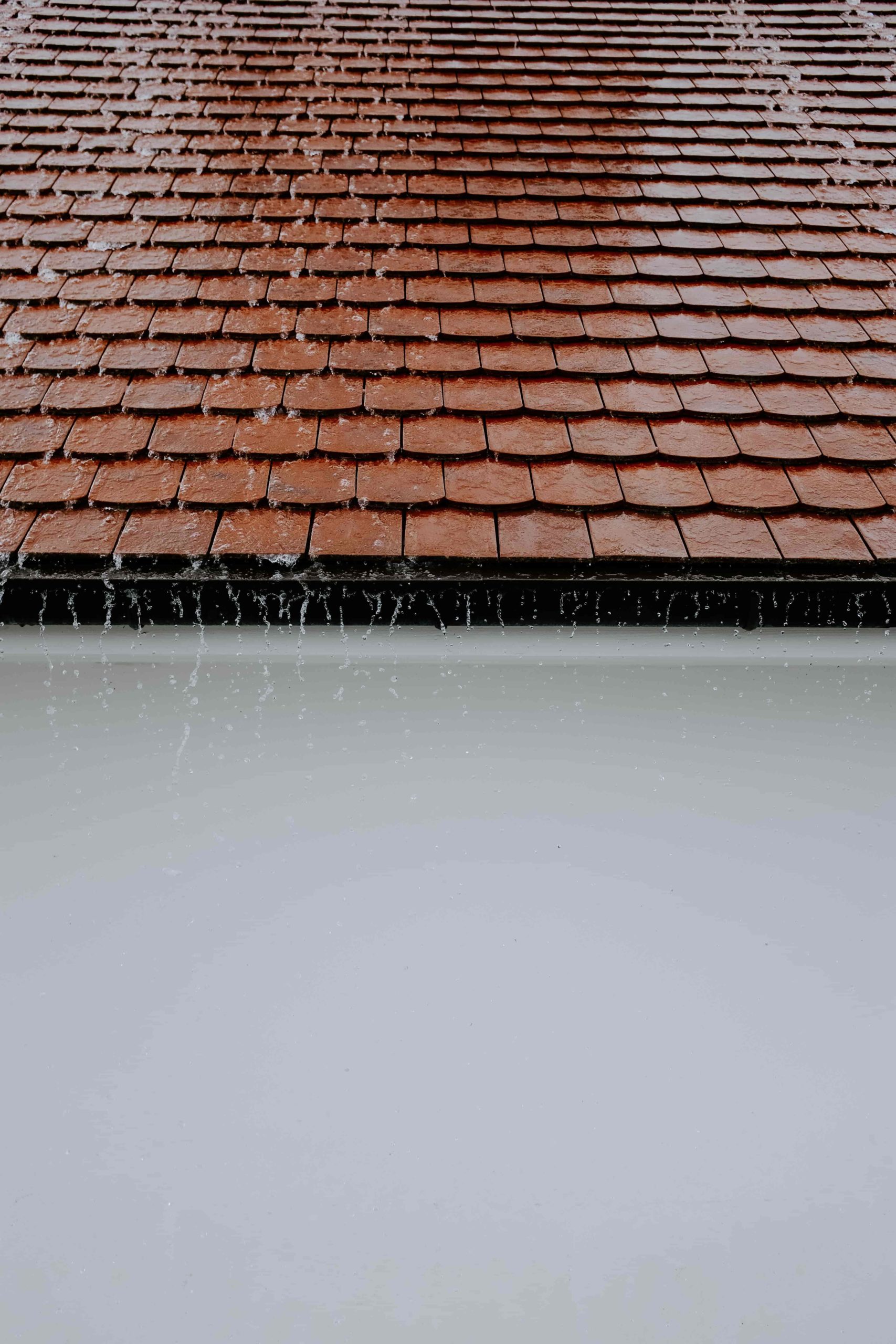The Most Common Roof Leak Locations and How to Fix Them
It’s monsoon season and right on schedule, a thunderstorm blows in, bringing marble-sized hail and sideways rain. After 30 minutes of deafening noise, the sun appears again. However, soon after, a water spot grows on your ceiling…
Where did it come from?
What happened to let the water in, and most importantly, what do you do now?!
Throughout the year, we receive countless calls from homeowners asking these questions. Below, we have listed the top 3 issues leading to roof leaks as well as how roofing professionals diagnose and repair them.
Roof Fixtures Prone To Leaking:
Skylights
I love natural light, but I detest skylights. Your roof is meant to shed water and keep your home dry; installing a window in the middle of it is a bad idea. However, there are plenty of good skylight manufacturers and installation best practices that can reduce your risk for a skylight leak. (We will cover this topic more in a different post). Usually if a skylight leaks, it happens around the flashing (metal installed underneath shingles along the roofline).
Over time, flashing can become bent or corroded and allow hard rains to drive moisture underneath it and inside the home. New step flashing along the sides and header flashing on top of the skylight can shore up the perimeters along the roofline. The skylight’s dome or glass can also leak, especially if it’s cracked or has a poor seal on its frame. This is a more difficult and expensive repair because the dome will need to be swapped out for a new one.
Chimneys
The base of the chimney is another common leaking area. Once again, the metal flashing is usually to blame. This can often be easily replaced, but sometimes adding a chimney cricket can help divert water around the back of the chimney to keep it from pooling. A Chimney cricket is an angled saddle creating a sloped peak to encourage more consistent water runoff away from the joining point between the roof and the chimney. We always want water flowing (not pooling) on the roof.
So how do we install a cricket? First, we remove shingles. Then, we build a cricket on the roof, butting up to the back of the chimney. We install new flashings where the cricket meets the chimney and shingles over it again. While this process is more involved than simply installing new flashing, it is often the best fix to keep water moving around the chimney and reducing the potential for leaks.
Other Roof Penetrations
Anything that protrudes from the roof is a potential weak spot. Underlayment, flashing, and silicon sealants can all be installed properly to avoid leaks, but sometimes a hard rain finds its way in. Pipe boots, HVAC stacks, Fan vents, and any other penetrations are always a starting point when diagnosing a roof leak. These are usually repairable by replacing the metal flashing at the base of the penetration along the roofline.
All roofs (even new ones) have vulnerabilities and these 3 areas are the most common culprits for leaks. Call us at HUF Construction. We’re the reputable roofing professionals you need when you notice a leak. Try to remember things like how hard it rained, the direction rain was blowing in, and if you have ever noticed prior leaking in the area. The more information you can give, the more it will help in diagnosing and repairing those pesky roof leaks!

